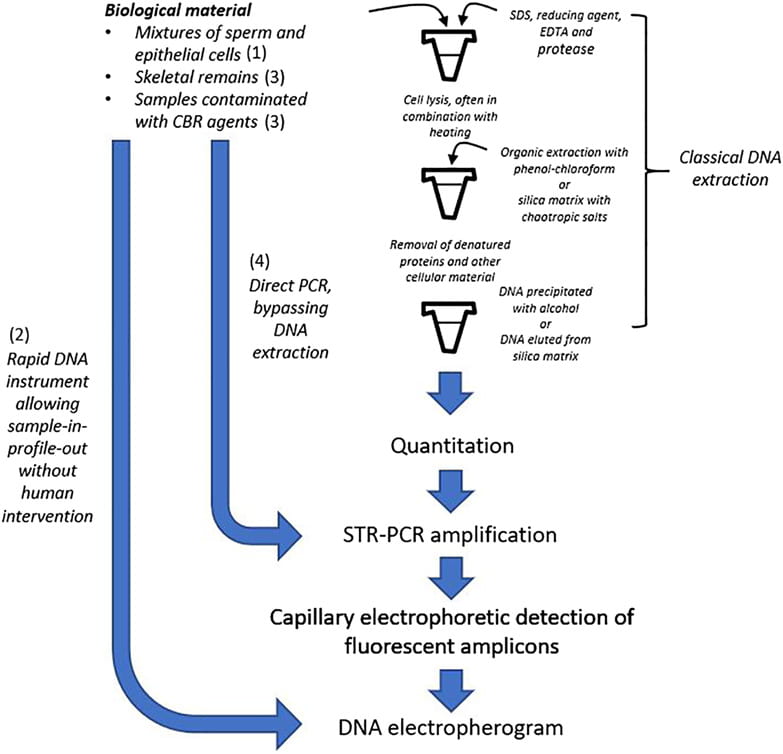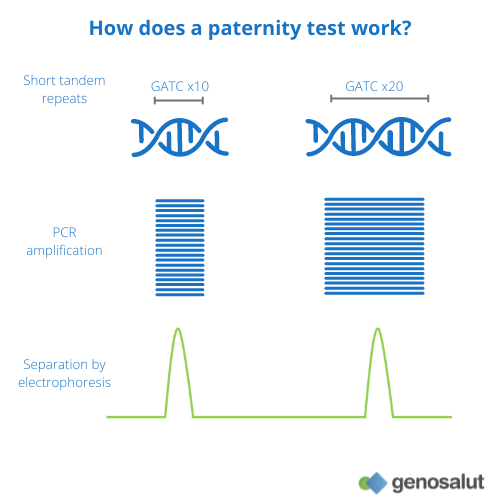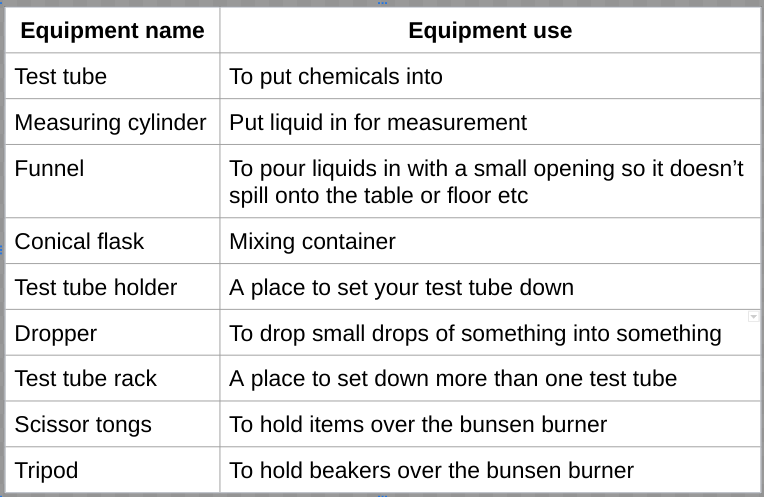14.05.24
Touch Rugby Reflection
This term (Term 2) during P.E., we learned about Touchy Rugby. We learnt how to play, what the rules were and a few techniques to enhance our skill in passing.
Touch rugby is played with 6 players on each team on the field at one time (but that changed slightly because of the number of people in our class). The field that we are to play touch in is 50 m wide and 70 m in length.
Equipment:
- Touch Ball
- Bibs
Rules:
- You cannot drop the ball, if doing so it’s a handover to the other team.
- You cannot pass forward.
- Try your hardest not to get touched.
- It is prohibited to tackle somebody.
- After 6 touches, it’s a handover to the other team.
Reflection..
One thing I improved at was, passing and running at the same time. There’s a specific way of passing a rugby ball that makes it hard to look forward when you run. You are to use both of your arms and throw it across your body to the person who you’re trying to pass it to. I feel I have improved in this part because I now drop the ball less than I used to, and my aim is right when I pass. Hand-eye coordination got a lot better.
One thing I enjoyed was, how easy it was. I’m not saying that touch is an easy sport to play, but the rules and guidelines are simple and once you make sense of them, it’s actually pretty fun. There were no exceptions to the rules (that I know of) and everything was pretty much straightforward.
I could keep working, on building confidence to be more head-first in the game. I admit I don’t like playing sports or playing in a team, with friends or not. But as time went on, I learned to suck it up and include myself in the game, though I feel like I could’ve done a better job in doing so.
I always bring my PE gear to school, at least for now…
Out of 10, I’d give myself a 6.5. This might be a biased way of scoring it because as I stated before I don’t like sports or working in a team. But I still give myself more than a five because, despite my dislike of those things, I managed to include myself in games and function properly while building more skill.
Pictures:



Strategies:
- Hold the ball with two hands at all times to create confusion in defense.
- Get touched on purpose to set up a ruck and force the defense to retreat 5m.
- Initiate the defender so you control the speed of the game.
- Dummy half pass the ball to a receiver who is angling back to the ruck.






